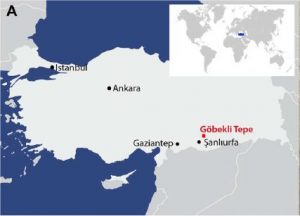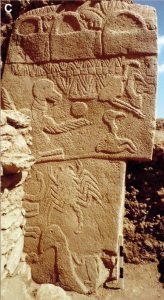Archaeology is, as we all know, the study of the remains left by ancient human societies and cultures. As such it often encounters some of the strange beliefs that we human are plagued by, sometimes in the distant past and even sometimes in the present. In this post I’ll be discussing a couple of archaeological discoveries that tell us something about those strange beliefs that every age and society have had to deal with. As always I will begin with the oldest site first and move forward in time.

Gobekli Tepe had been called the “World’s Oldest Temple” by it’s discoverer Klaus Schmidt when it was first excavated back in the 1990’s. Located outside of Sanliurfa Turkey, less than 40 kilometers from the Syrian border the site was just a mound of earth, known as a tepe in Turkish before archaeologists began work there. What they discovered when they began excavating was a series of circular stone enclosures with stone pillars inside them on which were carved images of both animals and humans.
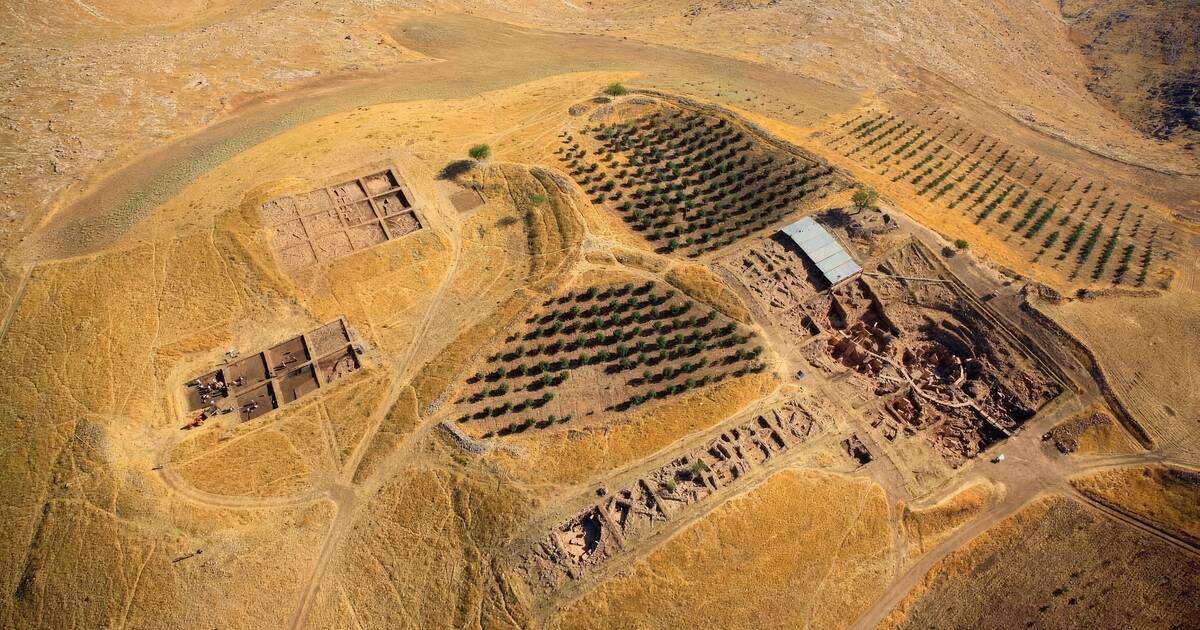
The site has been dated to about 12,000 years ago and while the idea of its being a ‘temple’ is now considered to be naïve it probably served as both a meeting place for the ancient nomadic people who lived in southern Anatolia and a place for them to perform various rituals. Anthropologists today feel that the term ‘temple’ refers to a much more organized type of religion than would have existed back in the late Stone Age.
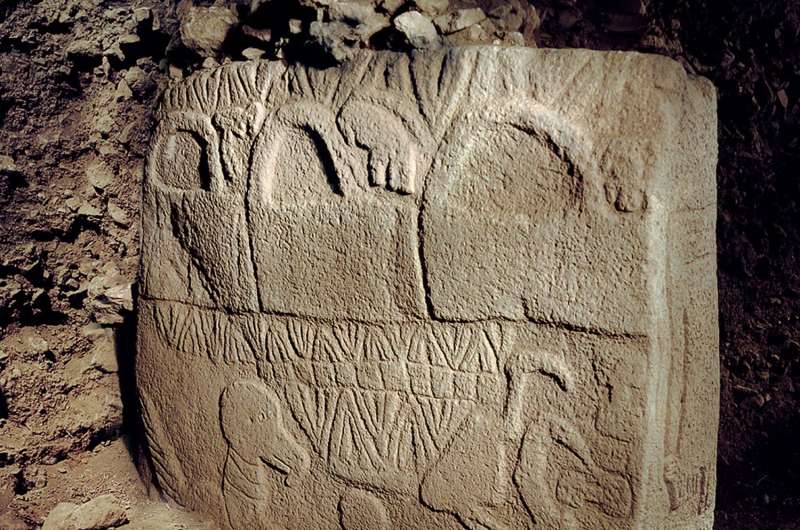
The site of Gobekli Tepe is very large and even after some thirty years of excavation only a small portion of the mound has been unearthed and studied. Surveys by ground penetrating radar and other non-destructive technologies have indicated that there is a lot more waiting to be discovered at the site. The archaeologists working at Gobekli Tepe have been working slowly and carefully however, determined to learn everything they can from each cubic meter of soil that they remove.
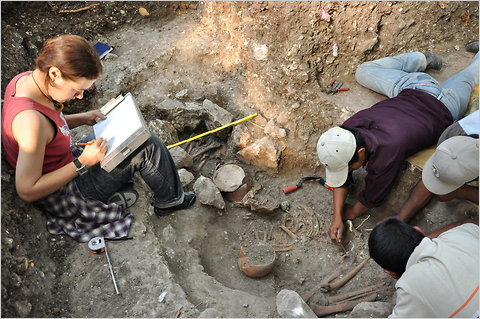
You see archaeology is what is known as a destructive science, as each artifact is removed from the ground the chance of learning anything more about how it got to where it was, how its placement relates to other nearby objects is gone. If you didn’t record that information before removing it, that information will never be known.
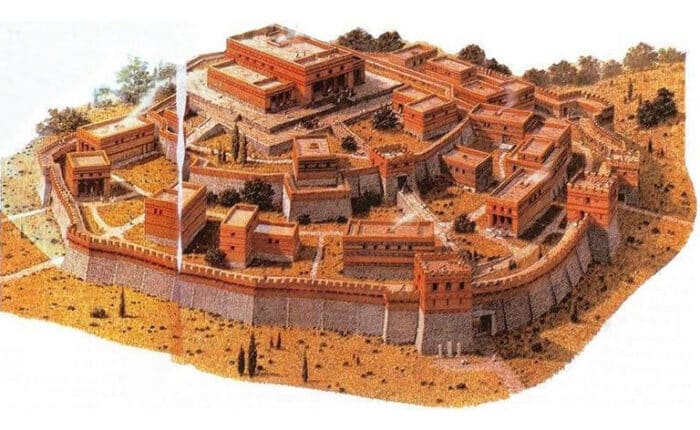
In fact when Heinrich Schlimann first excavated the city of Troy he was so anxious to get to the lowest level, the one he thought was the Troy of the Iliad that he actually destroyed much of what archaeologists now think was the Troy of Helen. Modern archaeologists are determined to never make that kind of mistake again so they proceed slowly and carefully. One other point, our instruments today are much better than the tools that Schlimann had, and we assume the instruments of the future will be better still. That’s why the archaeologists at Pompeii for example have left a portion of the city untouched for future archaeologists to excavate with their improved technology.
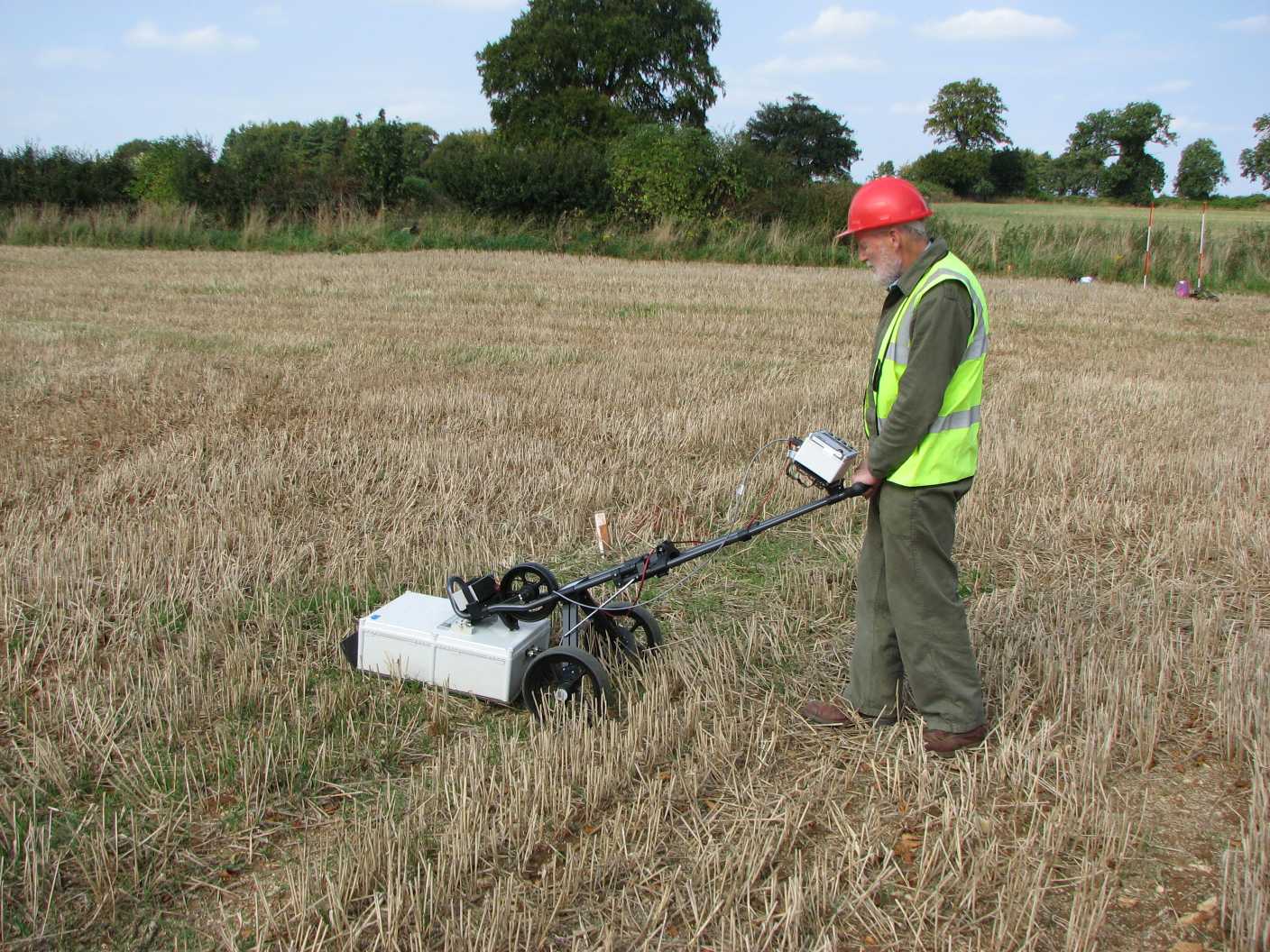
The problem with all of that is there are many people who want the answers RIGHT NOW and in our age of conspiracy theories that makes places like Gobekli Tepe the source for all kinds of wild ideas. In fact on the Netflix series ‘Ancient Apocalypse’ the host Graham Hancock has proposed that Gobekli Tepe was built by a ‘Lost Civilization’ that was destroyed in an Ice Age cataclysm, hence ‘Ancient Apocalypse’. This sort of wild thinking has been amplified by podcasters such as Joe Rogan who, along with his guests suspect that the work at Gobekli Tepe is being deliberately slowed or hidden in order to conceal ‘the truth’.

Needless to say there is no evidence of any kind to support these ‘theories’. Like the theories that the Pyramids or Stonehenge were built by aliens, such speculation however appeals to people who can’t be bothered to learn the reality behind these ancient wonders. I’ve always thought it was more wondrous to understand how people thousands of years ago had the imagination to conceive of and the will to then construct the Pyramids, or Stonehenge or Gobekli Tepe.

Another recent archaeological find that illustrates how the beliefs that people held in the past effect the artifacts that modern archaeologists use to understand the lives of those people. Unearthed recently at a Roman era site in Galicia, Spain called A Cibdá de Armea was a very surprising piece of jewelry, a 450 million year old fossil trilobite that had been modified to be worn as a personal amulet. Estimated to have been made in the 1st to 3rd century AD this is the first time that a trilobite fossil has been found in a Roman context but actually the eleventh time that trilobites have been unearthed by archaeologists.
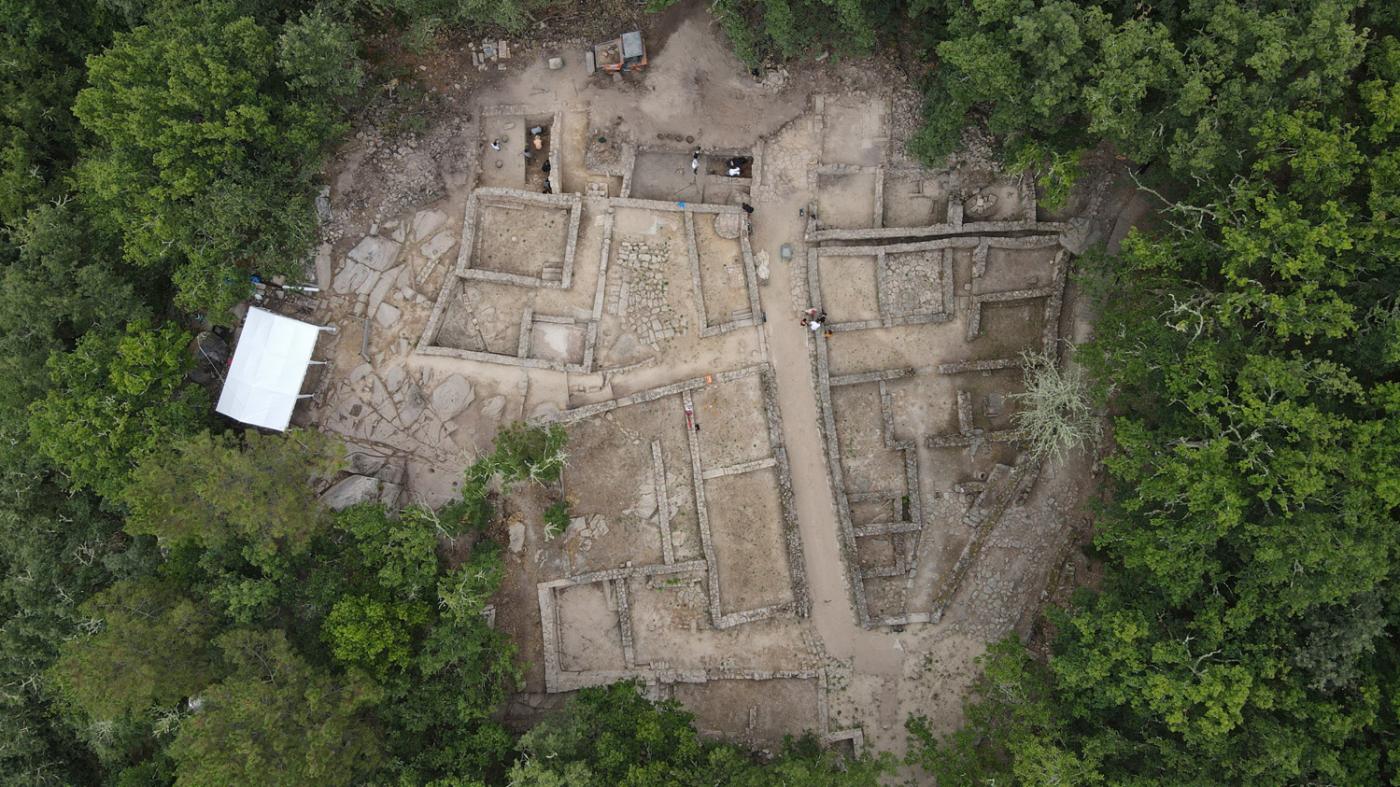
Fossils in general seem to have fascinated ancient peoples. The large bones of dinosaurs or mammoths were thought to be the bones of giants or mythical beasts. The Roman historian Suetonius actually recorded that the Emperor Augustus kept a collection of fossils and showed them to his friends, arguably the first fossil museum.
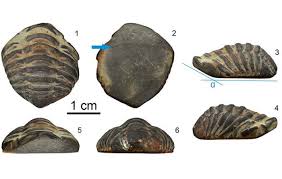
As I said above this recent find is the 11th fossil trilobite discovered at an archaeological site. A trilobite with a hole drilled through it was used as a pendant in France, 14,000 years ago. In North America they were thought to be ‘petrified water bugs’ by the Ute people and a Chinese text from the 7th century called them ‘stone worms’ and described how to use them in traditional medicine.
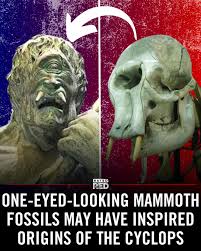
So it seems that people have had strange ideas in the past just as they are still having them today. It’s only when we carefully examine sites like Gobekli Tepe or fossils like trilobites while comparing them to similar sites and fossils that we can have any hope of learning the reality behind our theories.

